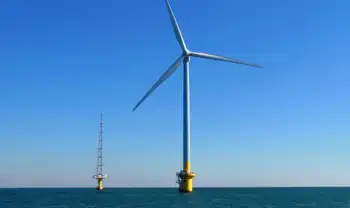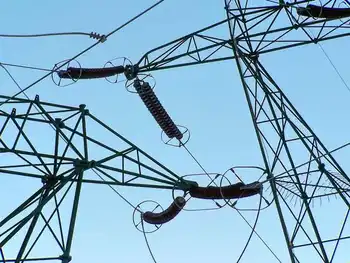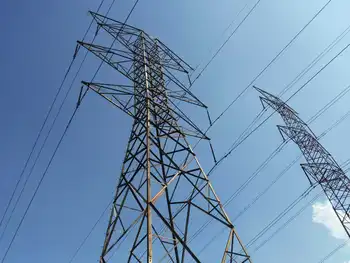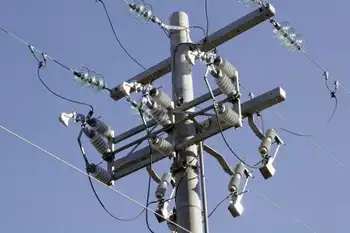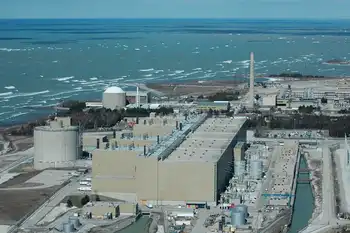Bruce Power Unit 6 refurbishment replaces major reactor components, shifting supply to hydroelectric and natural gas, sustaining Ontario jobs, extending plant life to 2064, and managing radioactive waste along Lake Huron, on-time and on-budget.
Key Points
A 4-year, $2.1B reactor overhaul within a 13-year, $13B program to extend plant life to 2064 and support Ontario jobs.
✅ Unit 6 offline 4 years; capacity shift to hydro and gas
✅ Part of 13-year, $13B program; extends life to 2064
✅ Creates jobs; manages radioactive waste at Lake Huron
The world’s largest nuclear fleet, became a little smaller Monday morning. Bruce Power has began the process to take Unit 6 offline to begin a $2.1 billion project, supported by manufacturing contracts with key suppliers, to replace all the major components of the reactor.
The reactor, which produces enough electricity to power 750,000 homes and reflects higher output after upgrades across the site, will be out of service for the next four years.
In its place, hydroelectric power and natural gas will be utilized more.
Taking Unit 6 offline is just the “official” beginning of a 13-year, $13-billion project to refurbish six of Bruce Power’s eight nuclear reactors, as Ontario advances the Pickering B refurbishment as well on its grid.
Work to extend the life of the nuclear plant started in 2016, and the company recently marked an operating record while supporting pandemic response, but the longest and hardest part of the project - the major component replacement - begins now.
“The Unit 6 project marks the next big step in a long campaign to revitalize this site,” says Mike Rencheck, Bruce Power’s president and CEO.
The overall project is expected to last until 2033, and mirrors life extensions at Pickering supporting Ontario’s zero-carbon goals, but will extend the life of the nuclear plant until 2064.
Extending the life of the Bruce Power nuclear plant will sustain 22,000 jobs in Ontario and add $4 billion a year in economic activity to the province, say Bruce Power officials.
About 2,000 skilled tradespeople will be required for each of the six reactor refurbishments - 4,200 people already work at the sprawling nuclear plant near Kincardine.
It will also mean tons of radioactive nuclear waste will be created that is currently stored in buildings on the Bruce Power site, along the shores of Lake Huron.
Bruce Power restarted two reactors back in 2012, and in later years doubled a PPE donation to support regional health partners. That project was $2-billion over-budget, and three years behind schedule.
Bruce Power officials say this refurbishment project is currently on-time and on-budget.
Related News






